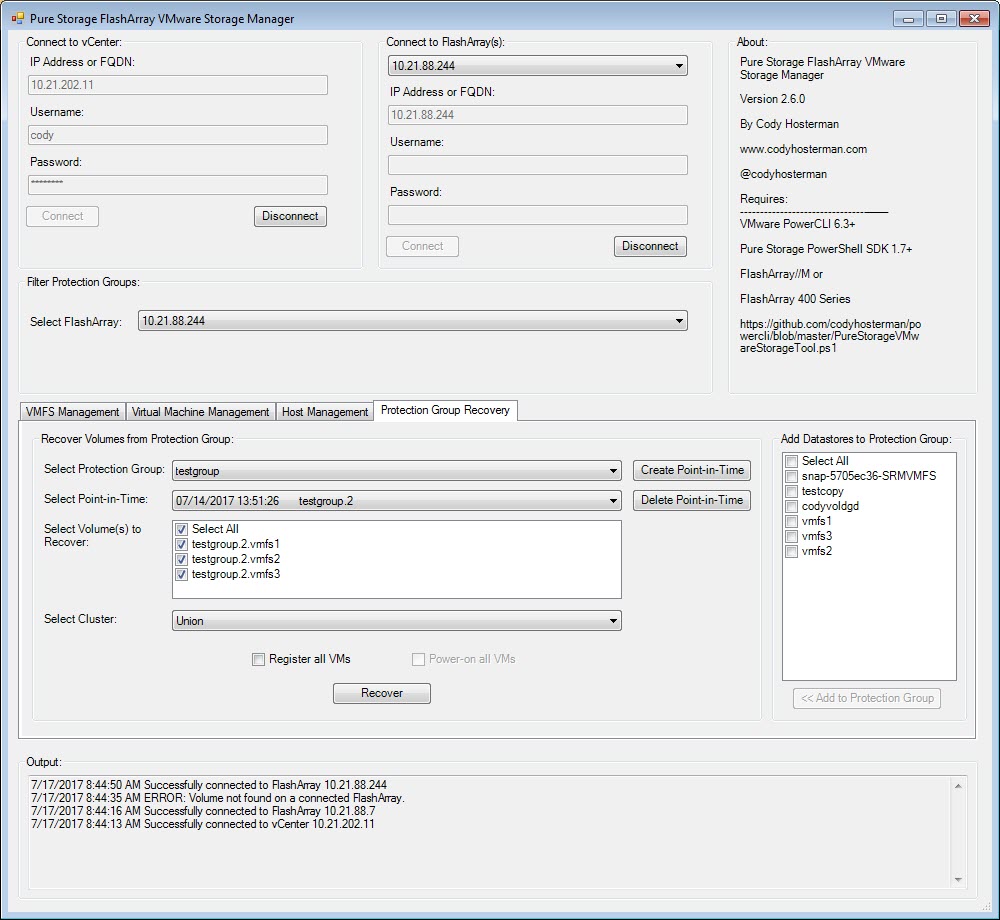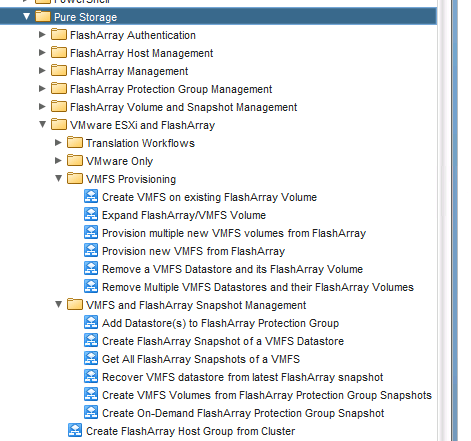So I am in the middle of updating my best practices guide for vSphere on FlashArray and one of the topics I am looking into providing better guidance around is ESXi queue management. This breaks down to a few things:
- Array volume queue depth limit
- Datastore queue depth limit
- Virtual Machine vSCSI Adapter queue depth limit
- Virtual Disk queue depth limit
I have had more than a few questions lately about handling this–either just general queries or performance escalations. And generally from what I have found it comes down to fundamental understanding of how ESXi queuing works. And how the FlashArray plays with it. So I put a blog post together of a use case and walking through solving a performance problem. Explaining concepts along the way.
Please note:
- This is a simple example to explain how queuing works in ESXi
- Mileage will vary depending on your workload and configuration
- This workload is targeted specifically to make relationships easier to understand
- PLEASE do not make changes in your environment at least until you read my conclusion at the end. And frankly not without direct guidance from VMware support.
I am sorry, this is a long one. But hopefully informative!
If you prefer a video, here is my 1 hr VMworld session that goes into depth on what I write below:
Continue reading “Understanding VMware ESXi Queuing and the FlashArray”




